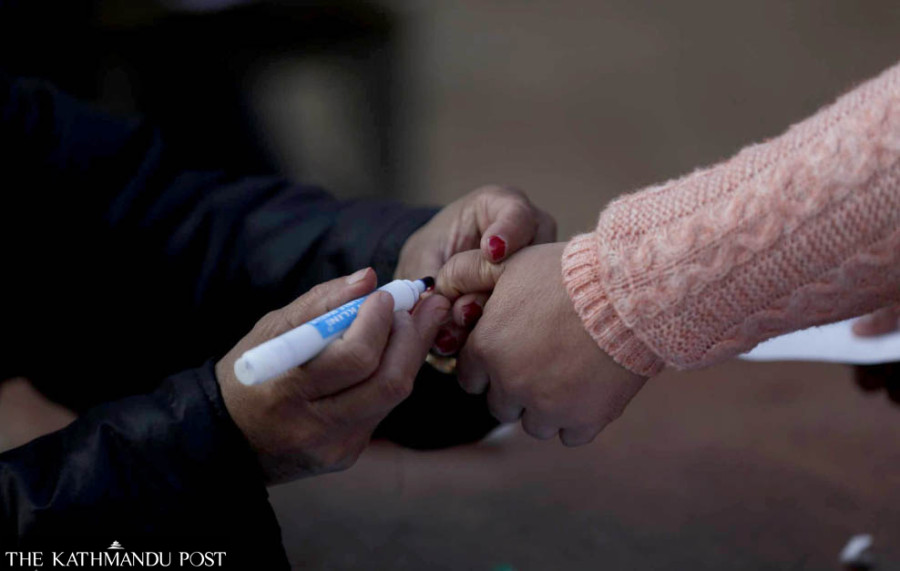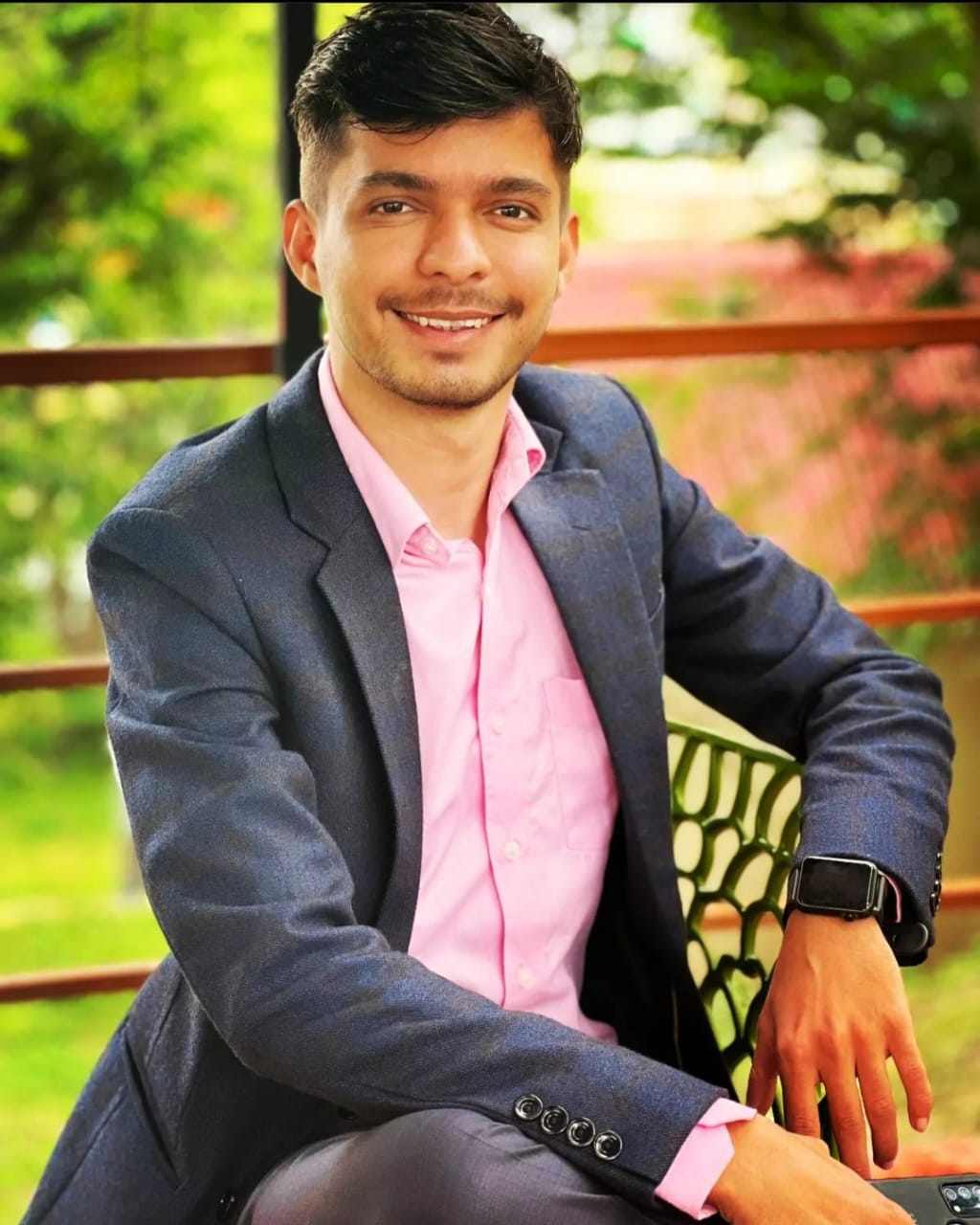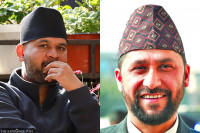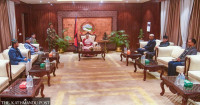Politics
Frustration with old guard cited as main reason for relatively low turnout
Without independent candidates and new parties, the voter turnout would have been lower still, observers say.
Nishan Khatiwada & Anup Ojha
Sanjay Khatri, 37, from Sanepa, Lalitpur reached the polling centre at ward 10 with his 84-year-old grandmother on Sunday morning. He was there only for his grandmother. Khatri himself had already decided to boycott the polls.
Disenchanted with the failures of the leaders he voted to power last time and sensing that the same old faces could make a comeback this time as well, he decided to stay away from voting altogether. “If people's representatives behave more responsibly this time, I will vote in the next election,” he said.
An apparently unenthusiastic Shailaja Sharma, 62, from Bakhundole was standing in the line at a polling centre at ward 1 in Lalitpur. “I have come to vote but I am dissatisfied with the current political alliances and poor delivery of our leaders,” said Sharma, who is also a lawyer.
Likewise, the Post met Niraj Bahadur Raut, 44, at a relatively quiet polling centre at Vishwa Niketan Secondary School in Tripureshwor, Kathmandu. Looking at the few people on the line, he said, “People are unwilling to vote for the same old faces,” he said.
According to Bindu Khadka, 32, from Kathmandu ward 11, who cast her ballot at Bhotebahal, the polling centre had seen more footfall during the past polls. “Voters appear less enthusiastic this time,” she said.
The opinions of these people the Post talked to on the election day, has to a large extent, been reflected in the voter turnout. As per the preliminary report of the Election Commission, 61 percent voters cast their ballots on Sunday.
In the 1959 election, 42.18 percent votes were cast. In 1991, the voter turnout was 65.14 percent; in the 1994 snap elections, 61.86 percent voters exercised their franchise; and the 1999 vote recorded a 65.79 percent attendance. In the first Constituent Assembly (CA) election, 61.70 percent and 63.29 percent votes were cast under the FPTP and PR categories, respectively. In the second CA elections, voter participation was 78.74 percent under the FPTP category and 79.82 percent under the proportional representation category. In the 2017 polls, the turnout was 68.66 percent.
Observers had repeatedly warned that growing public frustration and dissatisfaction with the major parties would impact polling.
Mumaram Khanal, a political commentator, said the major parties this time lacked attractive and important agendas as they solely focussed on forming electoral alliances.
“People were also demotivated as there were, in many constituencies, no candidates from the party they had been supporting for years,” he said.
Observers say if there were no independent candidates and new parties on the scene challenging traditional parties, the voter turnout would have been lower still.
Uddhab Pyakurel, a political analyst, said a message was clear in the lead-up to the vote that the major parties had lost their mojo because of their repeated failures to perform. “As the emerging parties and independent candidates presented an alternative, and created a hype in a short time, the number of voters rose,” he told the Post. “Otherwise, the turnout would be cut by another 10 percent.”




 19.12°C Kathmandu
19.12°C Kathmandu
.jpg)


.jpg&w=200&height=120)












